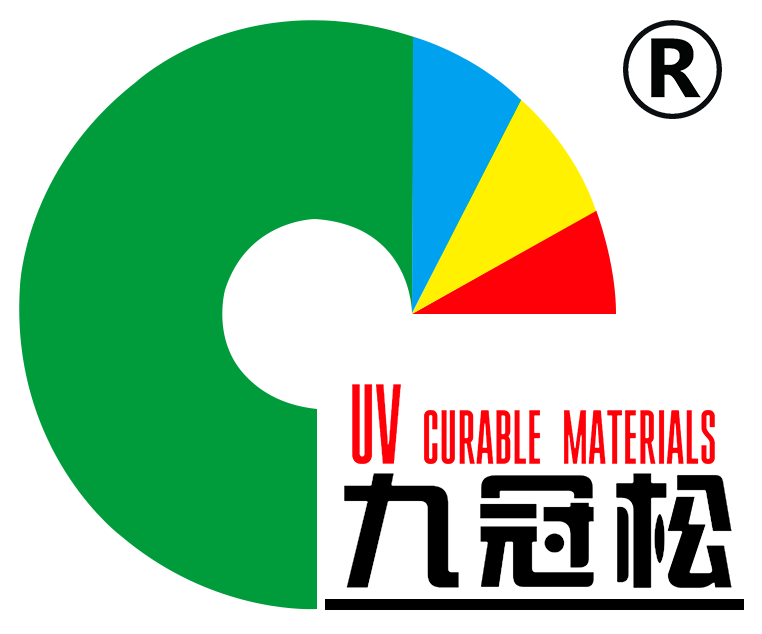Common problems and solutions of roller coating
Common problems and solutions of roller coating
|
Phenomenon |
Causes |
Countermeasures |
|
The paint on the front end of the paint is raised |
Too much coating |
Advance the metering wheel a little |
|
The work object is bent and deformed |
Review of work objects |
|
|
The reverse wheel of the rear group is coated and the wheel is lowered too low |
Raise the coating wheel a little higher |
|
|
The thickness of the work is uneven |
Review the thickness of the workpiece |
|
|
The viscosity of the paint is too high |
Reduce paint viscosity |
|
|
The coating surface is uneven |
The workpiece is deformed |
Review of work objects |
|
The work is sanded unevenly |
Re-sanding to make even |
|
|
The rubber wheel is damaged |
Replace the rubber wheels |
|
|
There are horizontal lines on the coating surface |
The work itself transforms into a wave |
Review of work objects |
|
The rubber wheel is damaged |
Replace the rubber wheels |
|
|
The reversal coating wheel is too low |
Raise the coating a little higher |
|
|
The coating surface has a straight line |
The rubber wheel is damaged |
Replace the rubber wheels |
|
The flatness of the paint is not enough |
Replace the paint with better leveling |
|
| The speed of the reverse coating wheel is lower than that of the forward coating wheel |
Increase the speed of the reverse coating wheel or decrease the speed of the forward coating wheel |
|
|
An orange surface appears on the coating surface |
Too much coating |
The metering roller is moved forward a little, and the speed of the coating roller is reversed in the rear group |
|
The viscosity of the paint is too high |
Replace low-viscosity paints or adjust paint viscosity with thinners |
|
|
The flatness of the paint is not enough |
Replace the paint with better leveling |




